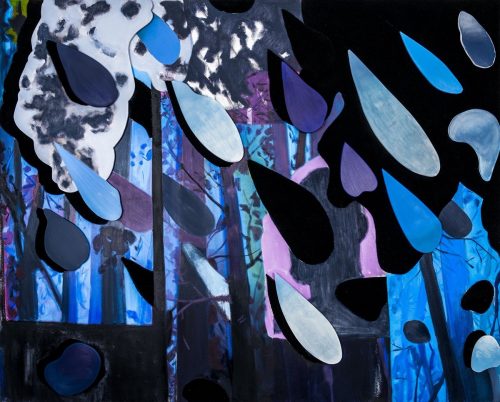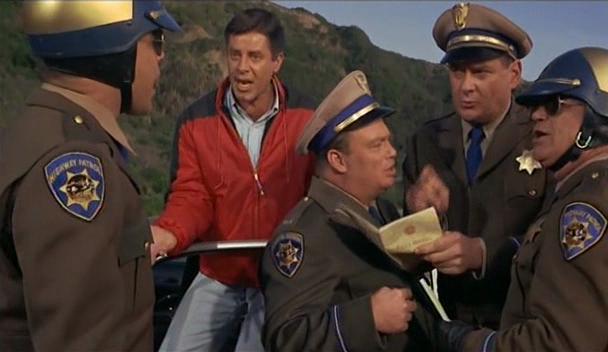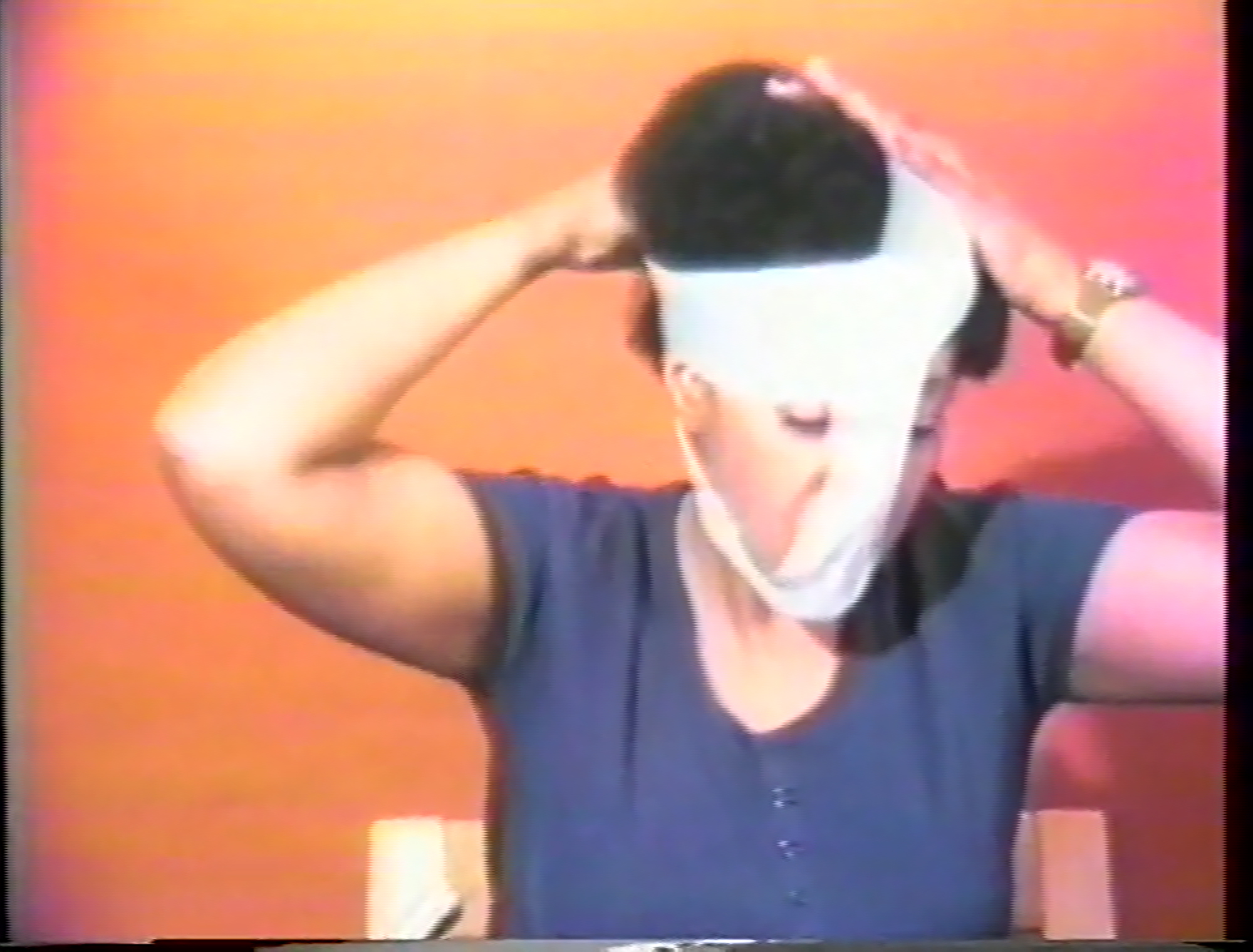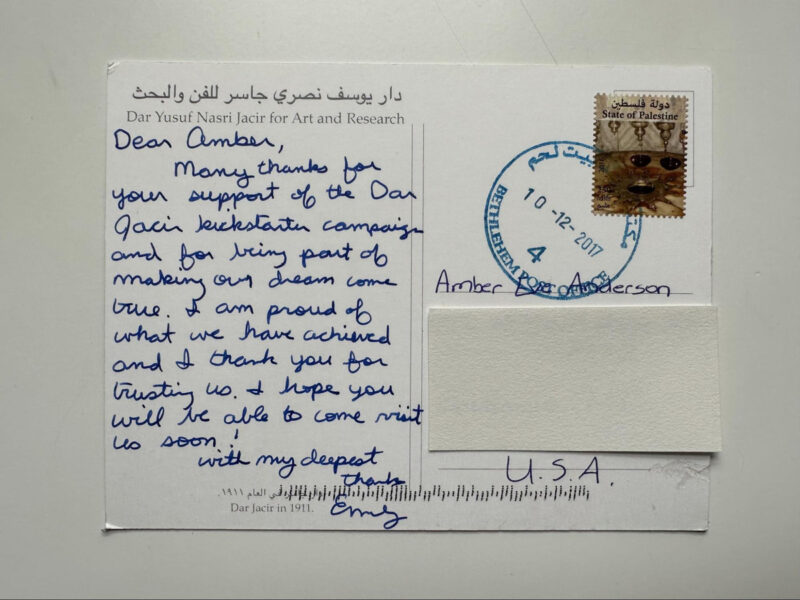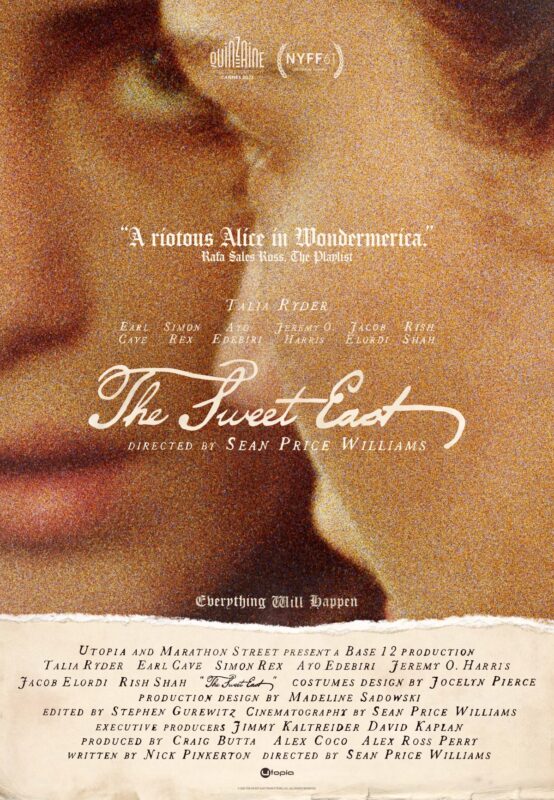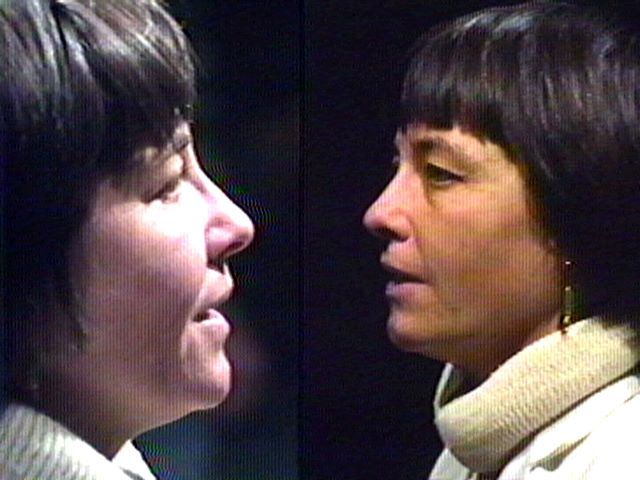Save for the occasional radicalizing doc rewatch (2002’s The Weather Underground, Agnes Varda’s Black Panthers, John Akomfrah’s Handsworth Songs), I haven’t watched any movies over the past month or so, instead opting to view the endless terror scroll of Twitter, where clips of police violence in response to uprisings against police violence accrue and complement one another, coalescing into a clear argument to, well, defund the police. Last week, I finally attempted to briefly take my mind off of world events—a privilege many other people do not have, I must acknowledge—and reached for something mindless and silly. Jerry Lewis’ The Big Mouth, a goofy 1967 mix-up movie in which Lewis as a mild-mannered banker is led to a stash of diamonds thanks to a mafia-affiliated lookalike (also Sea World plays a big part; it’s great) and calamity ensues.
I did not get to stop thinking about the cops. About 10 minutes in, Lewis is giving police the business. He is pulled over and then a series of dimwitted cops attempt to ticket him for a number of additional minor infractions but none of the cops can agree on the proper code for the infraction and they all keep piling on more infractions and they argue about the numbers and that gives Lewis a chance to drive off without getting any tickets. There was a time, I thought, when cops were often the butt of jokes in movies such as this, when it was a given that authoritarians were clownish and ridiculous even in movies by fairly hateful albeit very funny shitheads like Jerry Lewis (fwiw, another one for the Jerry-Goes-ACAB series: this scene from 1983’s Cracking Up where he pretty much plays a Buford T. Justice from Smokey and The Bandit and ends up blowing up his own car).
